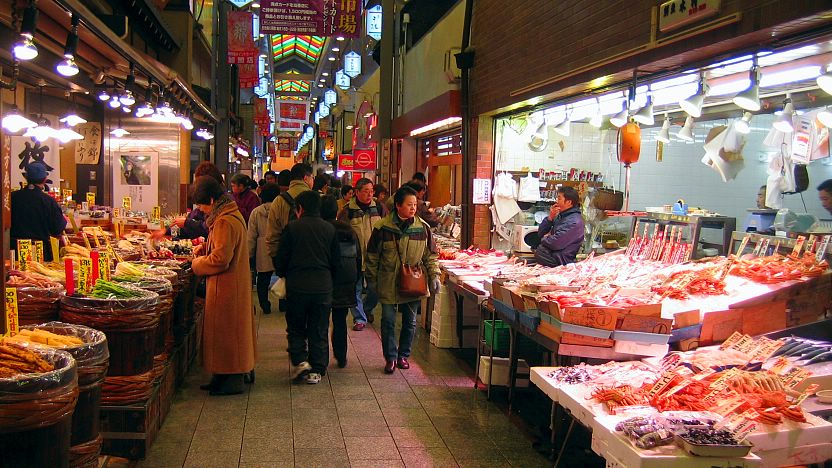The Ministry of Internal Affairs of Japan reported that consumer prices excluding fresh food items rose 3.7% in November 2022 compared to November 2021. Inflation excluding fresh food and energy has reached 2.8%, exceeding BOJ’s price target of 2% for the preceding eight months.
Japan’s key consumer inflation has surged at a velocious pace since 1980, hitting a four-decade record high. The rapid price hike has likely stemmed from the anticipatory policy changes from the Bank of Japan (BOJ). Market data suggests that the price increase is broadening significantly and would keep BoJ under pressure for some time.
The Ministry of Internal Affairs of Japan reported that consumer prices excluding fresh food items rose 3.7% in November 2022, in comparison to November 2021. Higher processed food was the main player in the game. Inflation excluding fresh food and energy has reached 2.8%, exceeding BOJ’s price target of 2% for the preceding eight months. This type of price surge hasn’t been experienced in the economy since December 1981, when prices rose by 4% due to the after-effects of the 1979 oil shock. The data showed that apart from utilities, a comprehensive range of goods like electronics and fast food joint food have also experienced rises.
The BOJ announced a modification to control the yield curve on December 20, a policy to purchase an unlimited number of 10-year government bonds to control the Japanese Government Bonds (JGB) at almost 0%. The BoJ allowed long-term yields to fluctuate by plus-minus 0.50% (50 basis points). It was double the previous 25 basis point range. The short-term interest rate was to be maintained at a negative 0.1%. The decision was taken now and not postponed into the next year due to the sudden degradation of the economy. The ten-year bond yield went from 0.25% to 0.4% after the announcement, the biggest shift since 2003.
The dollar fell by 3.4% against the yen on Tuesday, December 20. However, the yen remains at its weakest level in 20 years. BOJ’s policy has led the value of the yen to push down against the American dollar this year in the midst of interest rate gaps as the US Fed fights soaring inflation with rate hikes. The yen has reached the 150 value hitting a 32-year low, increasing import costs. Asia-Pacific shares are trading lower, experiencing Wall Street losses after economic data were released for some countries ahead of the new year.
According to a Teikoku Databank survey, 882 food items, including dairy products, experienced a price rise in November in Japan. The report forecasts that almost 4,400 food products will see a price increase in 2023, with a peak incoming in February.
Prime minister Fumio Kishida has rolled out his relief measure worth 39 million yen (USD 295 billion) in fiscal spending, including subsidies to help reduce household electricity bills by 20%. Economists believe the subsidies will have a strong impact on inflation by January 2023. The yen will strengthen and will have an effect on import prices.
BOJ believes the inflation will slow down the expected 2% in the next fiscal year. The next price data will be available in the policy meeting in mid-January.
Real wages in Japan have been in decline for the past seven months, being a cause for concern. The upcoming spring annual wage negotiation “shunto” is due in a few months before the BOJ governor Kuroda Haruhiko steps down from office in April. Analysts expect wages to rise slightly on account of price hikes and Japanese firms performing strongly in 2022. There exists uncertainty as to if wages would rise enough to compensate houses for the massive hike in the cost of living.
